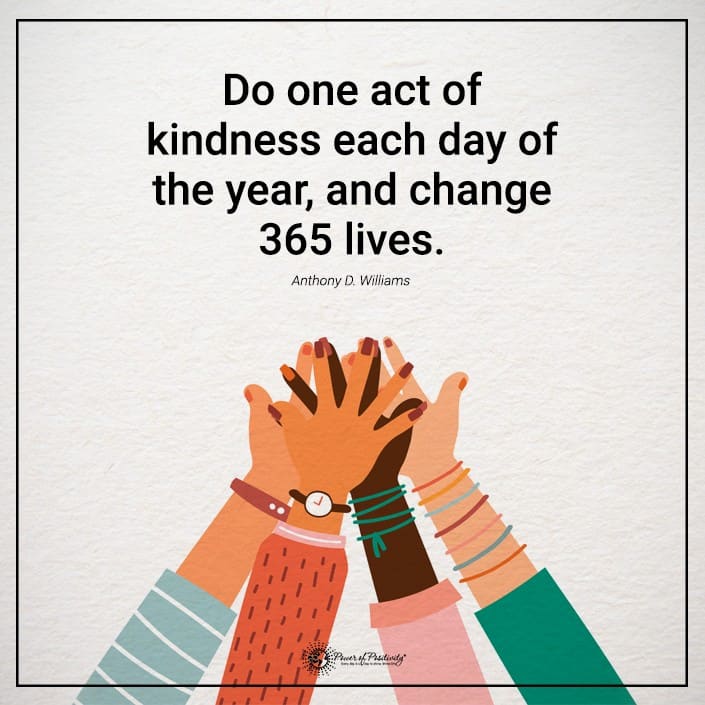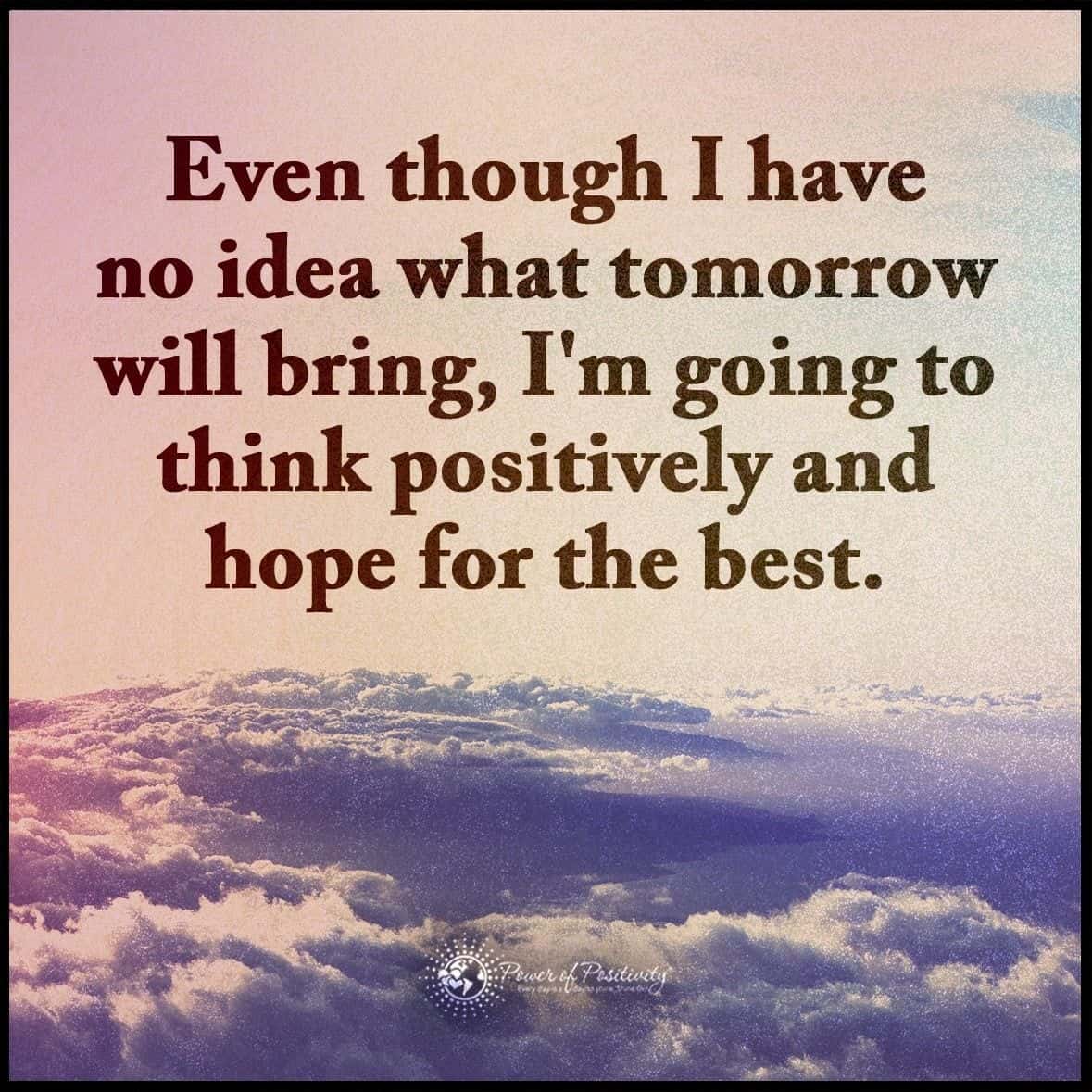Weaknesses are a part of what makes us human. You likely have a fairly balanced list of strengths, weaknesses, and learned skills, and maybe you’ve come to terms with that.
But what if you found out that some of your weaknesses could actually be giant assets in your road to success? What if you could flip over your negative traits and make them not just positive, but instrumental to your goals? Here’s how experts reveal 6 powerful ways to turn your weaknesses into strengths.
1. Acknowledge Both Weaknesses and Strengths – And Accept Them Both
In order to better something, you must acknowledge that it exists and needs improvement. Global analytics and advice firm Gallup defines a “weakness” as anything that can affect your chances of success. These weaknesses can reduce your potential when you completely ignore them.
Essentially, you need self-awareness if you’re going to move forward with your life. That awareness ensures you can acknowledge both weaknesses and strengths with clarity.
According to Gallup, here are some of the biggest obstacles to self-awareness:
- Being unable to see your weaknesses or how those weaknesses affect you and your life
- Considering weaknesses more crucial to develop while ignoring strengths
- Claiming to have strengths that are not actually possessed, or overstating existing strengths
- Reacting negatively, defensively, or protectively when confronted with areas of weakness
This is why it’s so crucial to properly acknowledge your weaknesses and your strengths while appreciating the truth about them. You need to know what you’re good at, what you’re bad at, and why each skill is valuable to you in some way.
Further classifying your weaknesses is also helpful. You may have a weakness that occurs because it is the opposite side of the same coin as a strength. You may also have a weakness that occurs due to a lack of experience or incomplete honing of that ability. By segregating your weaknesses into these categories, you’ll know how to go about addressing them.
A word of caution
Still, do this in moderation. Many people feel the pressure to improve on things they’re not great at, often focusing on the negative over the positive. But the fact is that it’s not really possible to be good at everything. When you focus on only weakness and ignore your strengths, you end up:
- Meeting a lot of resistance, frustration, and negativity with nothing positive to balance it out
- Achieving mediocrity at best when you are not selective about the weaknesses you want to improve
- Creating a toxic environment in your brain that is trained to see only your bad sides and never notice anything good about yourself
- Losing positive thinking regarding your abilities, meaning you have a lower chance of actually bringing your weaknesses up to the level of strengths
- Believing that weaknesses should develop with the same speed and progress levels as strengths, even though in reality, things you’re not talented in will take more work
While it’s powerful to take weaknesses and flip them on their head, it’s equally important to understand that not all weaknesses need to be focused on. You should not lose sight of your current strengths in favor of improving your weaknesses, so work on both of them in even tandem!
2. Put Your Weaknesses On A “To-Do” List
Weaknesses are completely possible to change – that is, if you put the effort into doing so! For many people, it can be tough to not just confront weaknesses but commit to changing them. Instead of leaving them as abstract items, put them on a to-do list of improvement goals.
Josh Waitzkin, the author of “The Art of Learning: A Journey in the Pursuit of Excellence” and a Tai-Chi and chess master, talks about how this to-do list can help you achieve what success truly is. He explains that it is a mix of:
- Enjoying the learning process
- Investing in each loss
- Never thinking of a fixed world
- Embracing an organic process
- Embracing a long-term learning effort
- Get out of mediocrity and comfort zones
This is known as a “growth mindset”, which is the opposite of the common fixed mindset. A fixed mindset would involve seeing yourself as an unchangeable entity with relatively static strengths and weaknesses. For example, if you have a fixed mindset, you might say:
- I don’t think I can achieve that because I’m bad at time management.
- That sounds great, but I can’t reach that level due to my lack of skill.
- I’ll probably pass on that opportunity because I know I’m not equipped to handle it.
On the other hand, a growth mindset is much more positive. It embraces. The idea that you can and will continue to learn and grow throughout your life, often in dramatic ways. Remember, you’re your own worst enemy, and you’re the only person standing between your current self and your goals for the future. Embrace a growth mindset and move forward with your to-do list!
3. Engage In Deliberate Practice
Deliberate practice is one of the most effective ways to help your learning curve become more efficient and effective, with overall positive effects on your rate of understanding. Anders Ericsson, a psychologist, describes this kind of practice as episodes or pockets of time involving intense concentration in relatively real conditions to practice a specific skill.
According to Albert Bandura, another psychologist, this act of deliberate practice benefits even more from something called “guided mastery”. Guided mastery is the act of pairing deliberate practice with instant constructive feedback, which dramatically speeds up your skill acquisition. Bandura believes that emotional barriers of all kinds can be overcome this way.
Deliberate practice sounds simple, but don’t forget one of its most important factors: discrete skill. This requires the act of focusing on one very specific part of a skill you’re trying to learn and honing in your practice on that specific element. Once you’re satisfied with that element, you can move on to the next!
4. Surround Yourself With People Of Strength
In life, it’s not really possible to completely go it alone. So don’t! There are so many people in the world with abilities and strengths from all sorts of perspectives. Peers who challenge you are ones that can help you turn your weaknesses into strengths. Here are some tips for making this happen:
· Get To Know The Strengths Of Others
When you view other people by their strengths, you unlock a different way of looking at the world, says Centre of Applied Positive Psychology founding director Dr. Alex Linley. This method allows you to appreciate people by what they can do over the weaknesses you have likely already noticed by now. It teaches you to value the mix of ups and downs that each person comes with and shows you the importance of a diverse mix of strengths and weaknesses in a team. Why is this important? Because it transforms your understanding of your own strengths and weaknesses, too.
· Learn From People Of Strength
By surrounding yourself with capable individuals, you are able to learn from them. If you have a weakness in a certain field, being around someone strong in that field lets you learn from their abilities. They can be your mentors – both officially and unofficially! It’s a wonderful way to learn and is called “observational learning” by experts.
· Don’t Be Afraid To Rely On The Strengths Of Others
It is simply not possible to be good at everything. Author and public speaker Dave Rendall states that we’re raised with the idea that having someone help us with something we’re bad at is a negative act. It’s a way of thinking we carry into adulthood, but it’s false. There is simply no way to do it all yourself. There are some weaknesses you may never be able to hone. So learn when to ask for help from those with strengths you lack. Build a team of people who can help each other out and cover each other’s backs and your weaknesses will become the things that help you work with other strong people!
5. Think Of Weaknesses As Blindspots – And Then Try To Face Them
Sometimes, weaknesses are located in places you simply can’t see or think about. That’s why you need to listen closely to constructive criticism and ask for feedback from people you trust and respect. “Leadership Blindspots: How Successful Leaders Identify and Overcome the Weaknesses That Matter” author Robert Bruce Shaw explains that there are many possible reasons for blindspots, including:
- Misaligned incentives
- Gaps in experiences
- Emotional biases
Shaw states that it’s important to accept that blindspots are inevitable. When you accept this, you can stay aware of them and learn to manage them without becoming complacent. Not sure how to find your blindspots? Here are some ways to get started in looking:
- Seek advice from people that you know are skilled, trustworthy, or respectable
- Self-reflect on your actions and behavior, then check in with yourself regularly
- Be your own devil’s advocate; argue with yourself and look for flaws in your statements, logic, and beliefs
- Set up an agreement with a peer to check in with each other on your respective weakness blindspots
6. Look For All The Possibilities
Some people try to rush from identifying a weakness to leaping straight to the most obvious solution to it. But by doing this, you’re skipping a very important step that could provide you with valuable and much-needed insight.
Before you begin embarking on a path to an obvious solution, take the time to list out all the possibilities. Don’t overthink them – just write whatever comes to mind, then read over your list and make notes and changes. Don’t be afraid of sounding silly or weird. This is your private list!
Eventually, you’ll find some great possibilities you may have missed earlier. Need some help? Try asking yourself the following questions:
- What is causing this weakness?
- What are ways the weakness can be improved?
- What are things you’re doing now that are counter-productive?
- What strengths do you have that can fight this weakness?
Final Thoughts On Some Powerful Ways To Turn Your Weaknesses Into Strengths
You can’t avoid having weaknesses. What’s important is learning to pick out ones to work on and find ways to improve on them in powerful ways. Who knows? Maybe a glaring weakness of yours will turn into one of your great strengths in a couple of years with hard work and positive thinking!


















